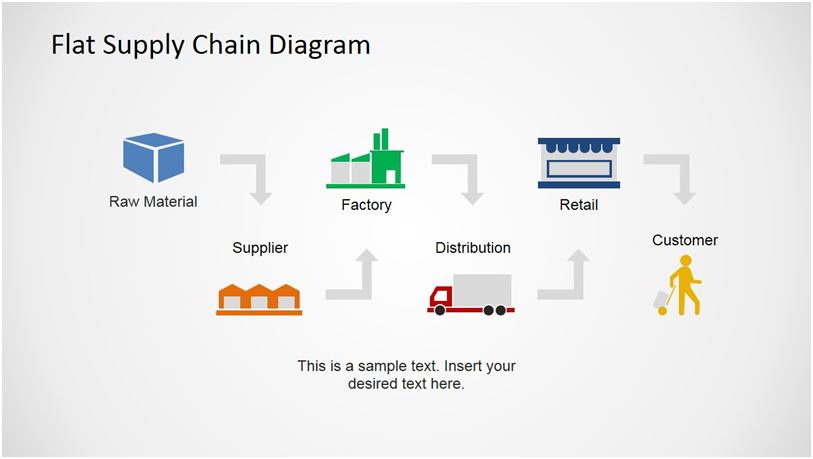Charles R. Goulding and Preeti Sulibhavi look into 3D printing and the new shape of supply chains.
Major new supply chains are in the process of being implemented in the U.S. and the 3D printing industry needs to be part of this change. Some of those ongoing changes are as follows:
1. Telecomm equipment can no longer be purchased from Huawei, the huge Chinese entity so other vendors must be used such as Cisco, Nokia, and Ericsson.
2. Specified electrical grid equipment, such as smart meters, transformers, and capacitors, can no longer come from soon-to-be designated foreigners.
3. More semiconductors are going to need to be sourced from the U.S. as opposed to Taiwan and Samsung of Korea. Recent developments in 3D printed embedded electronics had primarily been funded by the U.S. government via the Army, Navy, Airforce, and NASA, and the benefits of that research should go to domestic semiconductor foundries. On May 11th, 2020, it was announced that Bob Swan, the CEO of Intel, was speaking to the U.S. Department of Defense and Taiwan Semiconductor Manufacturing Company (TSMC ) about building a plant for advanced semiconductors in the U.S. Four days later on May 15th, 2020, it was announced that TSMC may be building a new $10 billion semiconductor plant in Arizona.
4. Life supporting drugs must have some level of critical production in the United States. On a May 11th, 2020 CNBC interview, U.S. Director of Trade and Manufacturing Policy Peter Navarro stated that 3D printing is an important technology to help provide this needed reliability within the U.S.
5. The initial personal protective equipment (PPE) shortage exposed the devastating results of not having appropriate stockpiles of PPE for emergency scenarios. The U.S. moved quickly to remedy this problem and often the new U.S. manufacturing capacity involved 3D printing for masks and ventilator parts.
Federal and state R&D tax credits are available to develop the new product resiliency needed in the U.S.
The Research & Development Tax Credit
Enacted in 1981, the now permanent Federal Research and Development (R&D) Tax Credit allows a credit that typically ranges from 4%-7% of eligible spending for new and improved products and processes. Qualified research must meet the following four criteria:
- Must be technological in nature
- Must be a component of the taxpayer’s business
- Must represent R&D in the experimental sense and generally includes all such costs related to the development or improvement of a product or process
- Must eliminate uncertainty through a process of experimentation that considers one or more alternatives
Eligible costs include US employee wages, cost of supplies consumed in the R&D process, cost of pre-production testing, US contract research expenses, and certain costs associated with developing a patent.
On December 18, 2015, President Obama signed the PATH Act, making the R&D Tax Credit permanent. Beginning in 2016, the R&D credit has been used to offset Alternative Minimum Tax for companies with revenue below $50MM, and startup businesses can obtain up to $250,000 per year in cash rebates applied directly toward payroll taxes.
Conclusion
These major new supply chain policies are beginning to be implemented. The 3D printing industry should concurrently plan to be part of the process.


